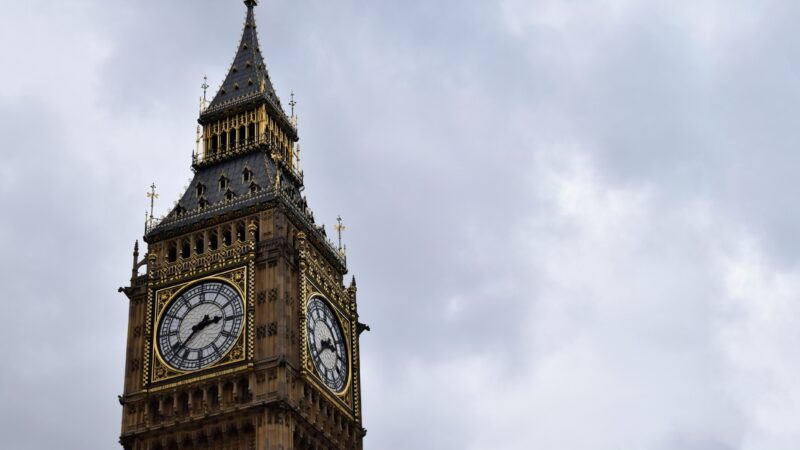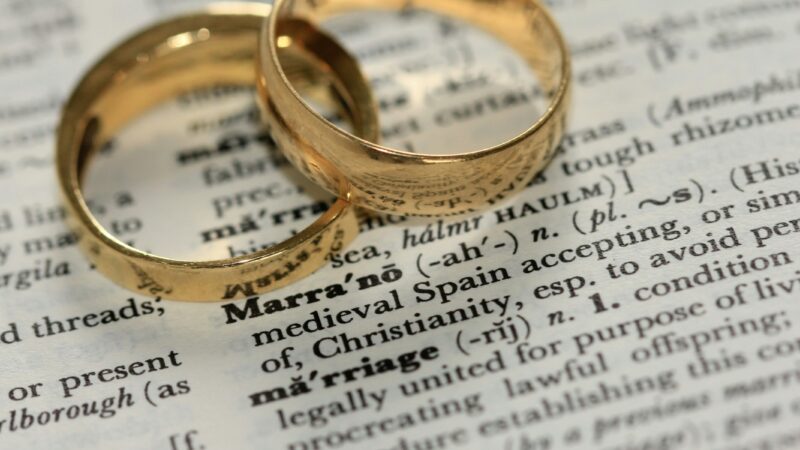A generation after the first Thanksgiving, colonial Massachusetts experienced the single deadliest per capita war in North American recorded history. Though the famed declaration of friendship between White settlers and Native tribes was within living memory for many of the fighters in this war, it did not in any way soften the animosity nor stay the violent hands of either side. This was King Philip’s War, a turning point for American history, the war that set the precedent for Anglo/Native relations for centuries to come, and yet one that is woefully unknown and underdiscussed even West of the Atlantic. It left all parties involved scarred, traumatised, and for one group even less understood than this forgotten war, a betrayal never to be overcome.
It is 1675, and the titular King Philip, Christian name of the Sachem (chief) of the Wampanoag, Metacomet, has lead a raid on the New England colony town of Swansea in retaliation for the English executing three of his countrymen for the murder of one John Sassamon. Despite his European name, Sassamon was a Harvard-educated Praying Indian, the name given by the Puritan colonists to the groups of Native Americans that had adopted the faith and customs of their new neighbours. He was a respected member of Metacomet’s court and a cultural mediator who had recently informed the Plymouth governor of the Sachem’s intention to gather tribes for war. His murder was seen as revenge for this betrayal by the English, but this perceived overreach of the colonial authorities, in killing his kinfolk without consultation, was the pretext Metacomet was waiting for to being this war he had been so wanting.
The raid on Swansea was a horrible affair. The Wampanoag laid siege to the town before overcoming the militiamen defenders and laid a terrible waist upon the hapless civilians. Many women and children were butchered neath the tomahawk that day, and the other colonies were quick to respond to the massacre. The Praying Indian warriors were keen to come to the assistance of their European allies to meet this aggression, and expected naturally to be accepted as a welcome aid by their dear friends. They were in this, and in much else, utterly and tragically mistaken. Though the Praying folk saw the English as firm allies, this was a decidedly one-sided relationship. That these natives had taken as their own European clothes and custom, and English tongue and English Bibles, mattered little, for to the Europeans the Praying Indian inescapably remained, above all, an Indian. An outsider worthy always of suspicion over trust.
The early stages of King Philip’s war were not good for the English. Despite the common contemporary view of the various North American colonial conflicts as being between technologically advanced musket-wielding Europeans versus bow and hatchet-armed Natives, there were a lot of shared weaponry and tactics between them. This makes sense when considering that by the late 17th Century Natives and colonials had known of and been trading with one other for decades, and many groups had enthusiastically adopted firearms to fight their tribal rivals in wars over fur-trapping land. These years using European technology served the Wampanoag well in the first engagements of the war, and using them they beat the English militias in a number of battles up and down Massachusetts Bay. An opportunity of spiritual warfare was also presented; when a near total eclipse of the moon one night allowed the tribal warband to slip out of the colonial noose tightening on their swampland capital and make for the wilds. Such a freak lunar event at such a crucial time was seen as a divine blessing by the Wampanoag, and an ominous sign of heretical magic by the English, who were thoroughly demoralised by the affair.
Native successes in the war made the situation for the Praying Indians deteriorate rapidly. The English feared uprisings amongst the settled natives, and in a grim turn, dissolved the praying towns that had until then served as a shield for the colonies, and moved thousands of Indian civilians into internment camps, with over 1,000 being crammed into just one at Deer Island. Conditions in the camp were dreadful, and the families kept there doubled as hostages to ensure the loyalty of the Indian scouts fighting with the English. Many hundreds would die over the cruel winter of 1675-6. Puritan minister John Elliot would fight hard against this policy, but by this time it was dangerous to say anything to the defence of Native Americans, no matter the tribe or custom, and he was powerless to stop it.
As for the success of the Wampanoag and their allies, it would not be the English that finally overcame them, but their own kin. Upon hearing that the Mohawk tribe to the West were moving in force towards Massachusetts Bay, Metacomet and his men eagerly turned to await these new allies in their fight against the White man. He was, however, gravely mistaken. In a single action the Mohawk warriors fell upon the Wampanoag, upon the Narragansett, upon all the troublesome Algonquin Confederation and massacred them almost to a man. Metacomet’s power was in a single night broken, and broken by his own kind. He fled to the wilderness, shattered and alone, and would be later slain by the musket shot of one of those who had been, despite everything, loyal to the end; a Praying Indian called John Alderman. The war continued for a further two years in scattered skirmishes, but hope for victory died with Metacomet, King Philip himself, in the Massachusetts swamplands.
King Philip’s War devastated all involved. It resulted in the deaths of 2,000 Natives and 2,800 colonists, the near total annihilation of the Wampanoag and their allies, and of the English settlements nearly half were attacked with hundreds of civilian deaths. The Praying Indians suffered perhaps more than any; hundreds of their already small population had died, and the discrimination and suspicion they had suffered from the English before the war had metamorphosed into open hostility and hatred. They had considered the Europeans their brothers, in culture and Christ. They had adopted their ways and their God, severing themselves from their Algonquin brothers of Old in favour of the civilised and energetic New.
It did not save them.
The newcomers did not see brothers, they saw Indians. They did not see Christians, they saw Indians. They did not see allies, they saw Indians.
When it came down to it, ingratiating themselves to their new neighbours did not save the Praying Indians. For their efforts and their loyalty, they received only tragedy and betrayal, they died like the rest.
Perhaps there is a lesson to be learned here.



